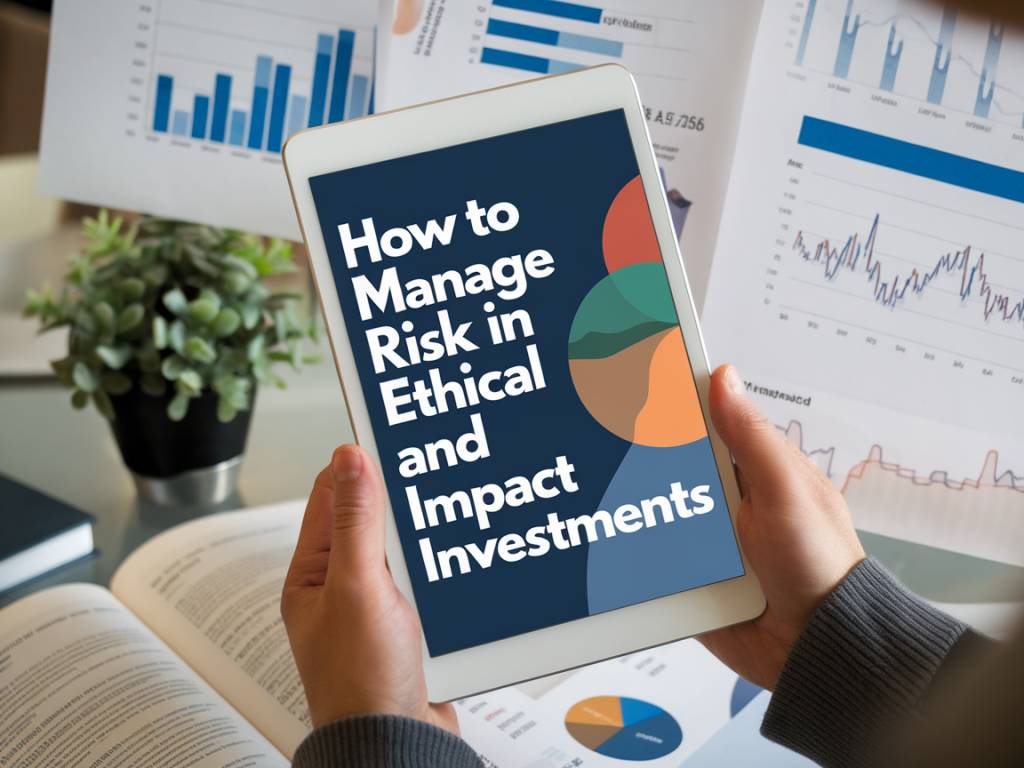A practical guide to starting a business with crowdfunding
Starting a business with crowdfunding has become an increasingly popular option for entrepreneurs looking to bring their ideas to life. By leveraging the power of the internet, you can reach out to a global audience, gain financial support, and validate your concept all at once. In this article, I’ll walk you through the practical steps to start a business with crowdfunding, including tips, real-world examples, and case studies, while keeping everything straightforward and accessible.
Understanding Crowdfunding
Crowdfunding is a method of raising capital through the collective effort of individual investors, customers, and the general public. This approach taps into the collaborative power of communities, primarily online via social media and crowdfunding platforms. Essentially, it bypasses traditional forms of business financing such as bank loans or venture capital.
There are four types of crowdfunding that you should be aware of:
- Donation-Based Crowdfunding: Contributors donate money with no expectation of financial return. Examples include raising money for charitable causes or community projects.
- Reward-Based Crowdfunding: Backers receive a product, service, or other rewards in exchange for their pledges. This is often used for product launches and creative projects.
- Equity Crowdfunding: Investors receive a share of the business or project in exchange for their investment. This is more suitable for startups and growing businesses.
- Debt-Based Crowdfunding: Also known as peer-to-peer lending, where contributors lend money and expect to be repaid with interest.
Choosing the Right Platform
Selecting the appropriate crowdfunding platform is crucial for the success of your campaign. Here are some of the most popular options:
- Kickstarter: Best for creative projects and products. It operates on an all-or-nothing model, so you only receive funds if you reach your goal.
- Indiegogo: Offers more flexibility with both fixed and flexible funding options. Suitable for a wide range of projects.
- GoFundMe: Primarily used for charitable causes and personal fundraising needs without funding goals or deadlines.
- Seedrs and Crowdcube: Focused on equity crowdfunding for startups and small businesses.
Consider the following factors when choosing a platform:
- Target Audience: Ensure the platform’s user base aligns with your target market.
- Fee Structure: Review platform fees and any additional costs involved.
- Success Rates: Look for platforms with high success rates in your category.
- Support Services: Some platforms offer additional marketing and support services.
Crafting a Compelling Campaign
Your campaign page is your pitch to potential backers. It’s essential to make it as compelling and professional as possible. Here are some critical elements to include:
1. Strong Headline: Your headline should be clear, concise, and engaging. It needs to grab attention and give a quick understanding of your project.
2. Detailed Description: Provide a comprehensive overview of your project, including:
- What your business or product is.
- Why it matters and the problem it solves.
- Your unique selling proposition (USP).
- Your business model.
- A clear breakdown of how the funds will be used.
3. High-Quality Visuals: Use professional images and videos to showcase your project. A well-produced video can significantly increase your chances of success. Include behind-the-scenes footage, testimonials, and demonstrations.
4. Rewards and Incentives: If you’re using reward-based crowdfunding, offer attractive and varied rewards for different pledge levels. Ensure that rewards are feasible to deliver.
5. Budget and Timeline: Be transparent about your budget and timeline. Show backers that you have a solid plan and that their money will be used wisely and effectively.
6. Team Introduction: Introduce your team, their roles, and their qualifications. Highlight any relevant experience that adds credibility to your project.
Here’s an example of a successful campaign structure from Pebble Time, one of the most-funded Kickstarter projects:
Headline: « Pebble Time – Awesome Smartwatch, No Compromises »
Description: The campaign detailed the features of the smartwatch, its compatibility with other devices, and its innovative design. They demonstrated the functionality through a professional video, showcased their previous successes, and offered a timeline for production and delivery.
Visuals: High-quality images and a detailed, engaging video illustrating the watch’s features and benefits.
Rewards: Multiple pledge levels with various color options and early-bird discounts. Higher pledge tiers included personalized engravings and exclusive designs.
Budget and Timeline: They provided a clear roadmap of their development process, highlighting key milestones and expected delivery dates.
Team Introduction: The founders introduced their backgrounds in technology and previous successful projects, lending credibility to their ability to deliver.
Marketing Your Crowdfunding Campaign
Once your campaign is ready, you need to get the word out. Here’s a step-by-step approach to effectively market your crowdfunding campaign:
1. Pre-Launch Activities:
- Build an Email List: Start collecting email addresses from interested parties before launching your campaign. Use a landing page to capture leads.
- Engage on Social Media: Build your social media presence on platforms where your target audience spends their time.
- Create Teasers: Share sneak peeks and teasers to build anticipation and excitement.
2. Leveraging Media and Influencers:
- Press Releases: Send out press releases to relevant media outlets and bloggers in your industry.
- Influencer Partnerships: Collaborate with influencers who can help amplify your campaign reach.
3. Community Engagement:
- Engage with backers and potential supporters by responding to comments and messages promptly.
- Update regularly with campaign progress, new developments, and milestones.
4. Paid Advertising:
- Consider using Facebook Ads, Google Ads, or other paid advertising to reach a wider audience.
Example: The Exploding Kittens card game raised over $8 million on Kickstarter through meticulous pre-launch strategy, engaging visuals, and thorough updates that maintained backer interest throughout the campaign.
Delivering on Your Promises
The final and arguably the most critical phase of your crowdfunding journey involves delivering on your promises to backers:
1. Production and Fulfillment: Ensure you have a solid plan for manufacturing, packaging, and shipping your product. Partnering with reliable suppliers and manufacturers can mitigate risks and prevent delays.
2. Regular Communication: Keep your backers in the loop with regular updates. Transparency about potential delays and honest communication will help maintain trust.
3. Handling Issues: Be prepared to handle any issues that arise, whether it’s a production delay, quality control problems, or shipping complications. Quick and effective problem resolution is key.
Using the example of Pebble Time again, they kept their backers informed at each stage of production, addressed any delays transparently, and delivered their products with minimal hiccups.
Final Recommendations
Starting a business with crowdfunding can be a daunting yet incredibly rewarding endeavor. Here are some final actionable recommendations:
- Research Extensively: Study successful campaigns in your niche to understand what works and what doesn’t.
- Plan Thoroughly: From pre-launch to post-campaign activities, have a comprehensive plan in place.
- Engage and Communicate: Keep your backers engaged and informed through regular updates and transparent communication.
- Deliver Excellence: Focus on delivering your product or service as promised to maintain credibility and set the stage for future ventures.
By following these practical steps and learning from real-world examples, you’ll be well on your way to successfully starting your business with crowdfunding. Best of luck with your crowdfunding journey!



